Call it a tale of two China strategies.
The U.S. Air Force and Navy are each preparing for a potential fight in the Pacific against China, perhaps in the next couple of years, under the guidance of the same National Defense Strategy. But this uncertain timing overlaps uncomfortably with a mountain of modernization priorities for each service.
Add to that budget caps for fiscal 2024 and fiscal 2025, and the two services have responded with very different budget strategies.
On one side, the Air Force’s proposed FY25 budget would trim its procurement account by $1.6 billion from the prior year, while boosting research, development, test and evaluation spending by nearly that amount. In the process, the service expects to reduce its fighter jet purchases by 12.
For its part, the Navy has found itself in a shooting war in the Red Sea while also trying to increase its presence in the Pacific region to deter China. The service has prioritized paying for current operations and personnel in its FY25 spending request. Procurement spending is flat, while research and development drops 5%.
U.S. intelligence officials say Chinese President Xi Jinping has set a goal for the nation’s military to modernize enough to carry out an invasion of Taiwan — which China views as a rogue breakaway province — as early as 2027.
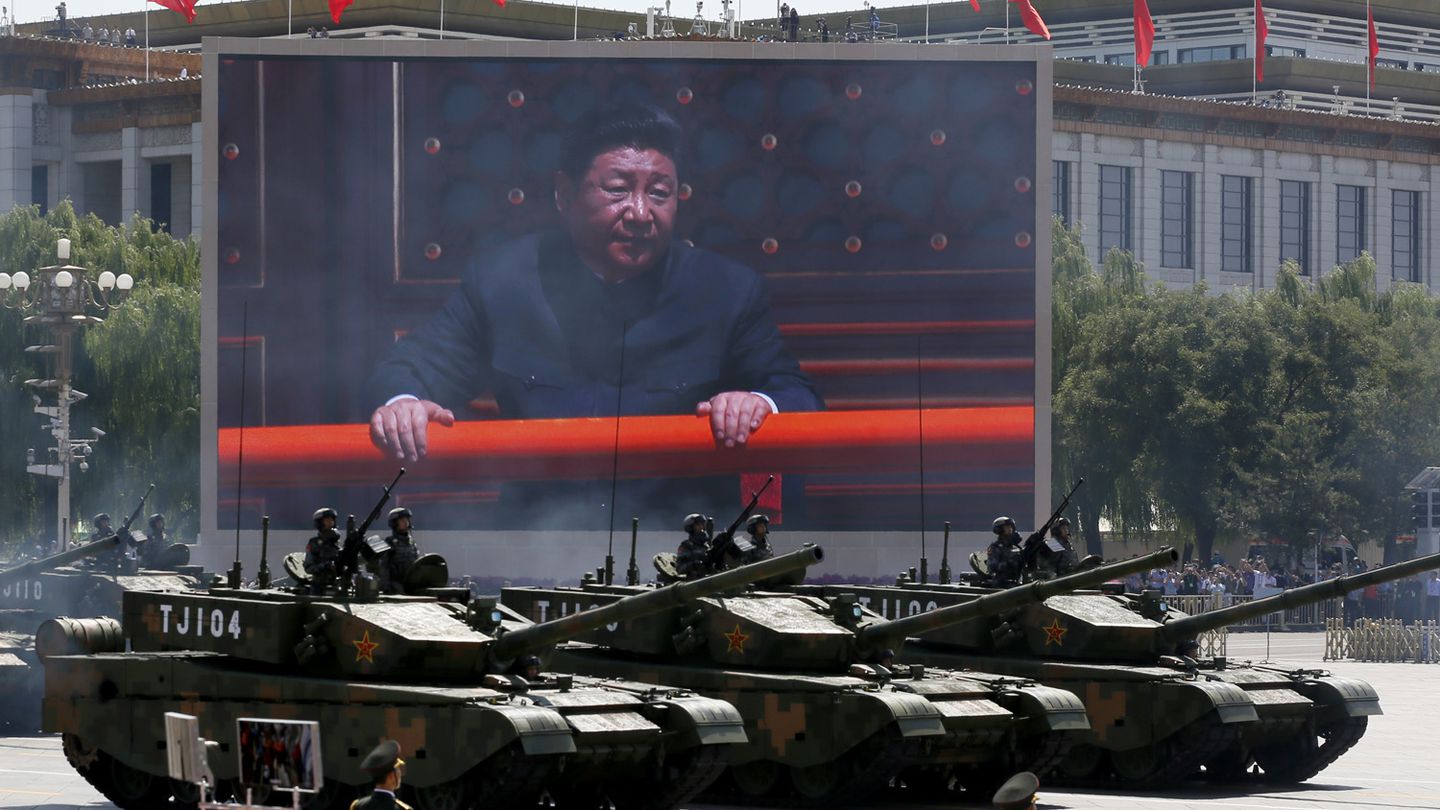
The Air Force says that, while it wrestles with spending caps under the Fiscal Responsibility Act, it leaned toward research and development more than procurement to ensure future capabilities remain on track.
The Navy, in contrast, contends that if it must deter or fight China in this “decade of concern,” it would do so with the fleet it has today, not the one it hopes to develop in the decades to come.
As the services determine their approaches, lawmakers are weighing in on whether the United States will be ready to face China in time.
Rep. Rob Wittman, R-Va., said at a March conference China could try to take Taiwan by force as early as 2027, noting that fielding capabilities at the turn of the decade will be too late.
“Anybody that uses a metric or time frame and says, ‘We’ll get this stuff done by 2030′ — wrong answer,” Wittman said at the McAleese & Associates event. “2027 needs to be the metric. That’s how we will have the opportunity to deter [China].”
A pattern of differing approaches
At least one expert told Defense News it’s normal for the Navy and Air Force to take different approaches on modernization.
In general, the Navy has taken a more strategic, methodical route to accomplishing its aircraft modernization goals, holding back on buying next-generation aircraft until technology matures and prices come down, said Todd Harrison, a senior fellow at the American Enterprise Institute think tank who focuses on defense budgets.
In the meantime, the Navy has bought aircraft already in production to fill out its inventory. For example, over the last decade, the service repeatedly extended its fourth-generation F/A-18E/F Super Hornet production line to avoid a fighter jet shortfall. It introduced its fifth-generation F-35C in 2019, well after the Marine Corps’ F-35B in 2015 and the Air Force’s F-35A in 2016.
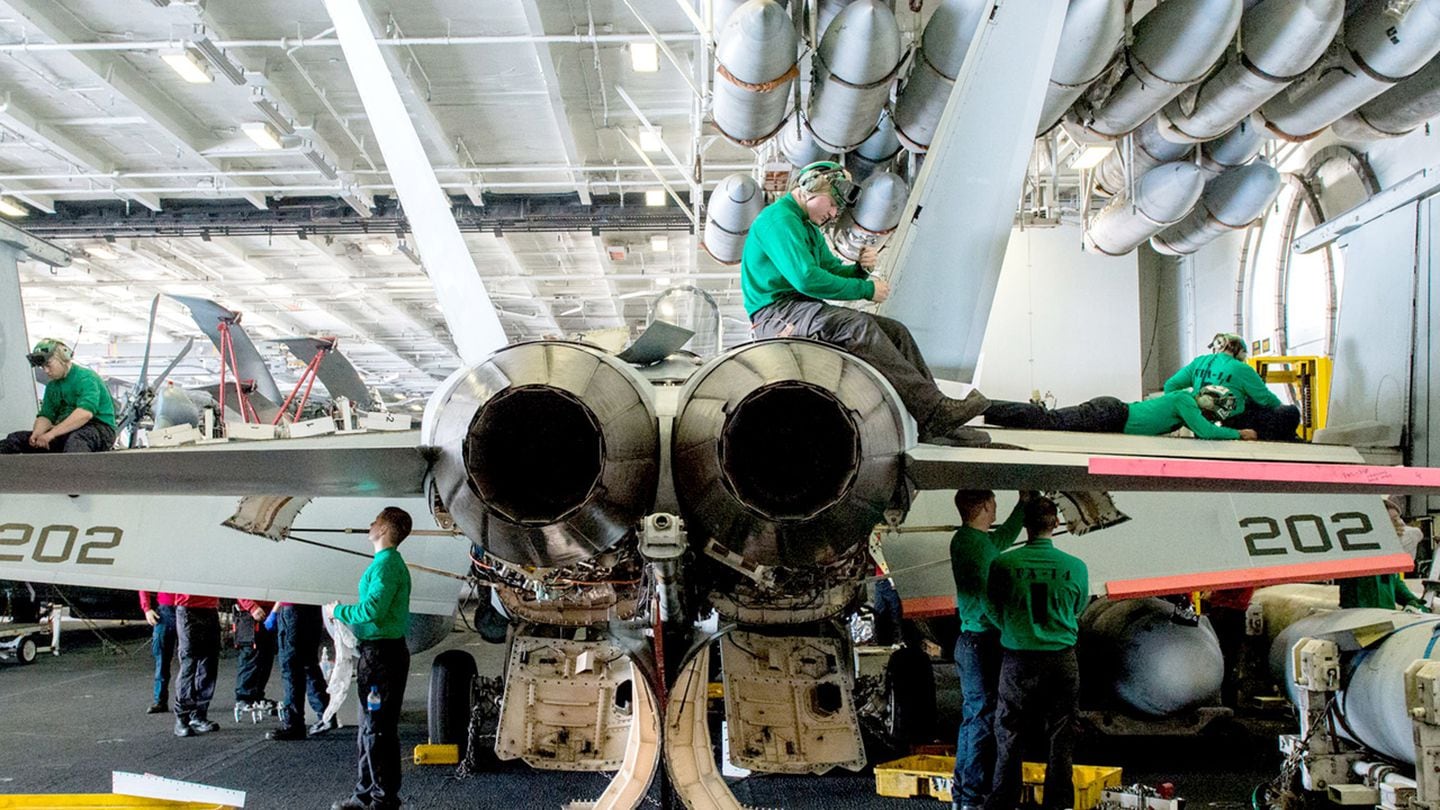
“That’s why for about a decade, until just recently, the Navy had a higher aircraft procurement budget than the Air Force,” Harrison said. “The Air Force approach has been more about chasing new technologies and shiny objects that are dangled in front of them.”
The Air Force is now simultaneously trying to buy the F-15EX, a new version of a legacy fighter, and the F-35A, while “getting knee-deep” into developing a sixth-generation fighter program called Next Generation Air Dominance, or NGAD, Harrison said.
“They’re trying to buy three different generations of fighters all at the same time,” he said. “And it looks like they just aren’t sure where they want to place their bets. That’s an unsustainable approach, and it looks like it’s catching up to them. They just don’t have the resources to continue buying three different lines of three different generations of fighters all at once.”
But if China moves to reclaim Taiwan in 2027, Harrison said, the Air Force is “going to come up short. They’re not going to have the future systems like NGAD in time, and they’re not going to have the quantity of fifth-gen and fourth-gen fighters that they would likely need in those scenarios. … They’re destined to fall short on quantities with this approach.”
The Navy, for its part, acknowledges it would enter a hypothetical 2027 battle with the fleet it has today. So even as its ship and aircraft fleet have shrunk in size in recent years amid the decommissioning of Cold War-era platforms, the service has focused on the readiness of the ships and planes it would take to war.
The Navy has launched several data-driven efforts aimed at quickening maintenance, and it has looked to field software updates and other capabilities that can be rapidly implemented on existing platforms, rather than built into those of the future.
Navy Under Secretary Erik Raven told Defense News all the services are driven “to be ready to execute the [National Defense Strategy] over the near, the medium and the longer term. Each service will come to that with a slightly different view on how to execute that strategy. But we’re fundamentally all aligned to execute that strategy.”
While the Navy has sided with Wittman’s push to be ready by 2027, Air Force Secretary Frank Kendall said at the McAleese conference his service must take a longer view.
“It’s a risk balance over time,” Kendall said. “If you fixate only on 2027, you’re going to find that in ’29 you’re in big trouble.”
‘We got pinched’
Maj. Gen. Dave Tabor, director of programs for the Air Force’s Office of the Deputy Chief of Staff for Plans and Programs, told Defense News the service must be able to field enough existing capabilities and continue developing the next generation of aircraft to stay on the cutting edge. To do that, he said, the service had to strike a fine balance between R&D and procurement.
And with the Fiscal Responsibility Act’s budgetary caps pushing the Air Force to make tough choices, R&D came out on top.
“At the end of the day, we got pinched by the topline,” Tabor said, and six F-35s and six F-15EXs got cut. “The result is relatively minimal to our overall rollout, but it’s 12 jets [cut] that last year we were thrilled to have.”
The consequences of the FRA’s budgetary caps started to come into focus last summer after the Air Force had drawn up its program objective memorandum, which spells out the service’s spending plans over the next five years, Tabor said.
“We knew that [the FRA] was coming; we didn’t know how it was going to manifest,” he added.
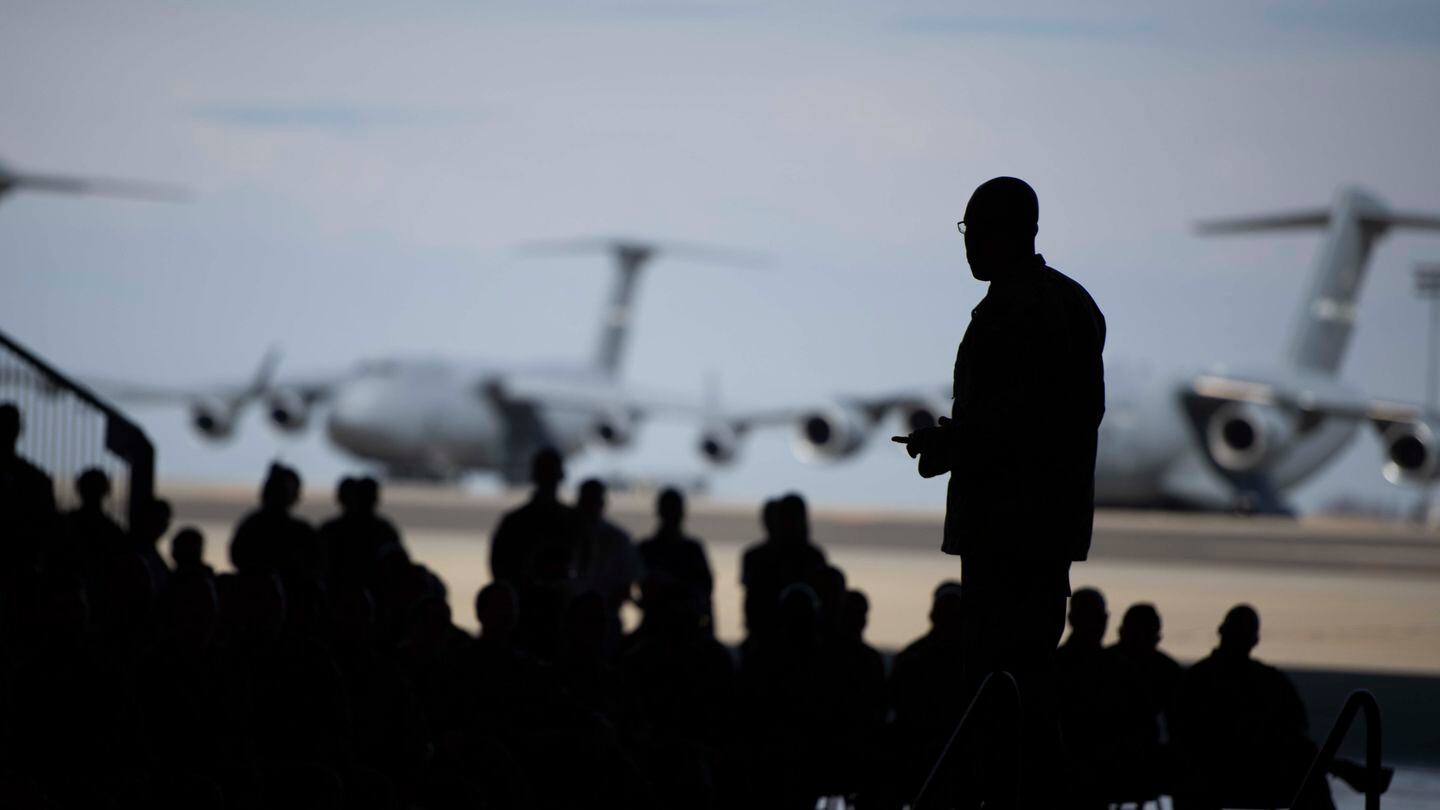
Top Air Force leaders, including then-Chief of Staff Gen. CQ Brown, current Chief of Staff Gen. David Allvin and Secretary Kendall, convened in June for a high-level meeting called Corona South. A key topic of discussion, Tabor said, was what to put on the chopping block to meet the budget caps. The matter remained unsettled as Corona South wrapped up, he added, and only became more clear after submitting the program objective memorandum at the end of June.
In hindsight, the Air Force would have liked a clearer picture of its budgetary outlook earlier, though service leaders ended up relatively satisfied with the result, Tabor said.
“Building a 90% solution is a whole lot different than building a 100% solution and taking 10% out of it, and the latter is kind of what we ended up with,” he said. “The approach was [preserving capabilities that provide] relative value to the joint fight and what did the least amount of damage to what we had already done.”
If a conflict with China were to erupt, he added, systems now in the works — such as NGAD, the B-21 Raider stealth bomber and artificial intelligence-operated drones known as collaborative combat aircraft — would allow the Air Force to fight in ways it never had before.
NGAD and the collaborative combat aircraft ended up winners in the Air Force’s proposed R&D budget: The former’s funding in 2025 would jump by $815 million to more than $2.7 billion, and CCA spending would increase by $165 million to $557 million.
But Harrison and Heather Penney, a former F-16 pilot and senior resident fellow at the Mitchell Institute for Aerospace Studies, said the Air Force can’t count on having newer capabilities, such as NGAD, fielded in the early 2030s. Such a time frame could be overly optimistic, they agreed, given the advanced technology that must be refined for NGAD and the track record of some nascent aircraft programs failing to stay on schedule.
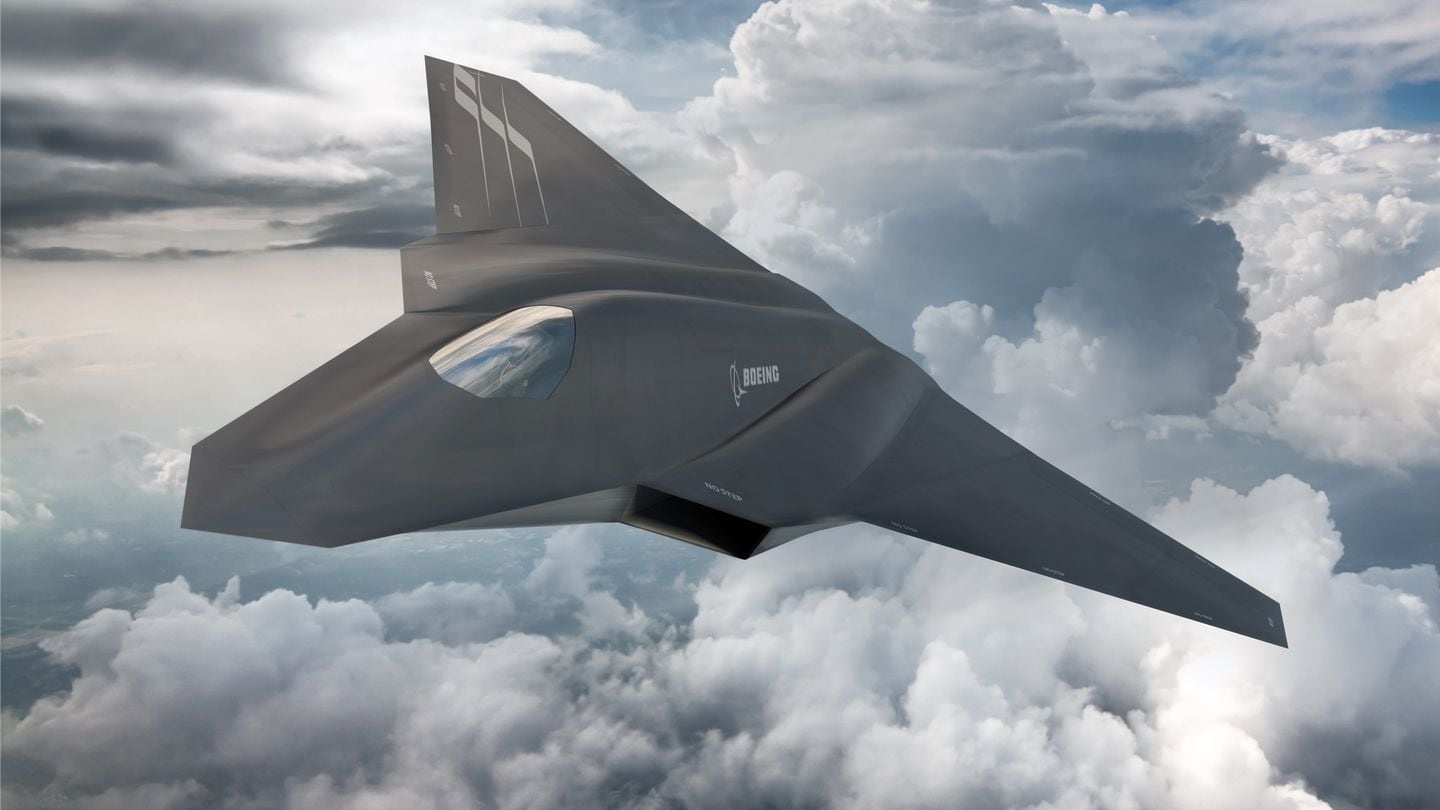
“When was the last time we ever saw an advanced capability show up on time and on budget?” Penney said. The B-21′s apparent success so far is “an exception to how we’ve seen everything else happen. The capabilities [intended for NGAD], in terms of fully operationally capable — that’s not 2030. We’re talking 2035, 2040.”
Tabor said NGAD is “proceeding at pace” and that, even if it falls behind schedule, “we’re prepared with other capabilities to mitigate risk” for a conflict with China.
‘Something has to give’
For the Navy, prioritizing current operations over future platforms wasn’t a choice; it was an operational imperative.
The Navy reported it has lobbed a billion dollars’ worth of missiles into the skies of the Middle East since October, shooting down drones and missiles launched by the Yemen-based Houthi rebel group. The service hasn’t publicly estimated the cost of its operations there, which include the higher-than-usual tempo of daily operations for ships and planes, the extension of the Gerald R. Ford Carrier Strike Group’s deployment in the fall, and what’s likely to be a greater maintenance bill.
“Where the Department of the Navy really placed its priorities is on our fundamental mission of being forward-deployed around the world so that if a crisis hits, we’re there on the scene,” Raven, the undersecretary, told Defense News days after releasing the FY25 budget. “Readiness and people were the two top priorities that really came through in this budget.”
The Navy asked for $87.6 billion for operations and maintenance, up $3 billion from FY24. It also continued a recent focus on munitions, asking for $6.6 billion to buy weapons and expand the industrial base that builds them.
But it had to then cut procurement and R&D. The Navy asked for six ships, compared to the seven it previously expected to include in its FY25 budget. It also asked for 75 planes, compared to the 94 it previously planned to purchase.
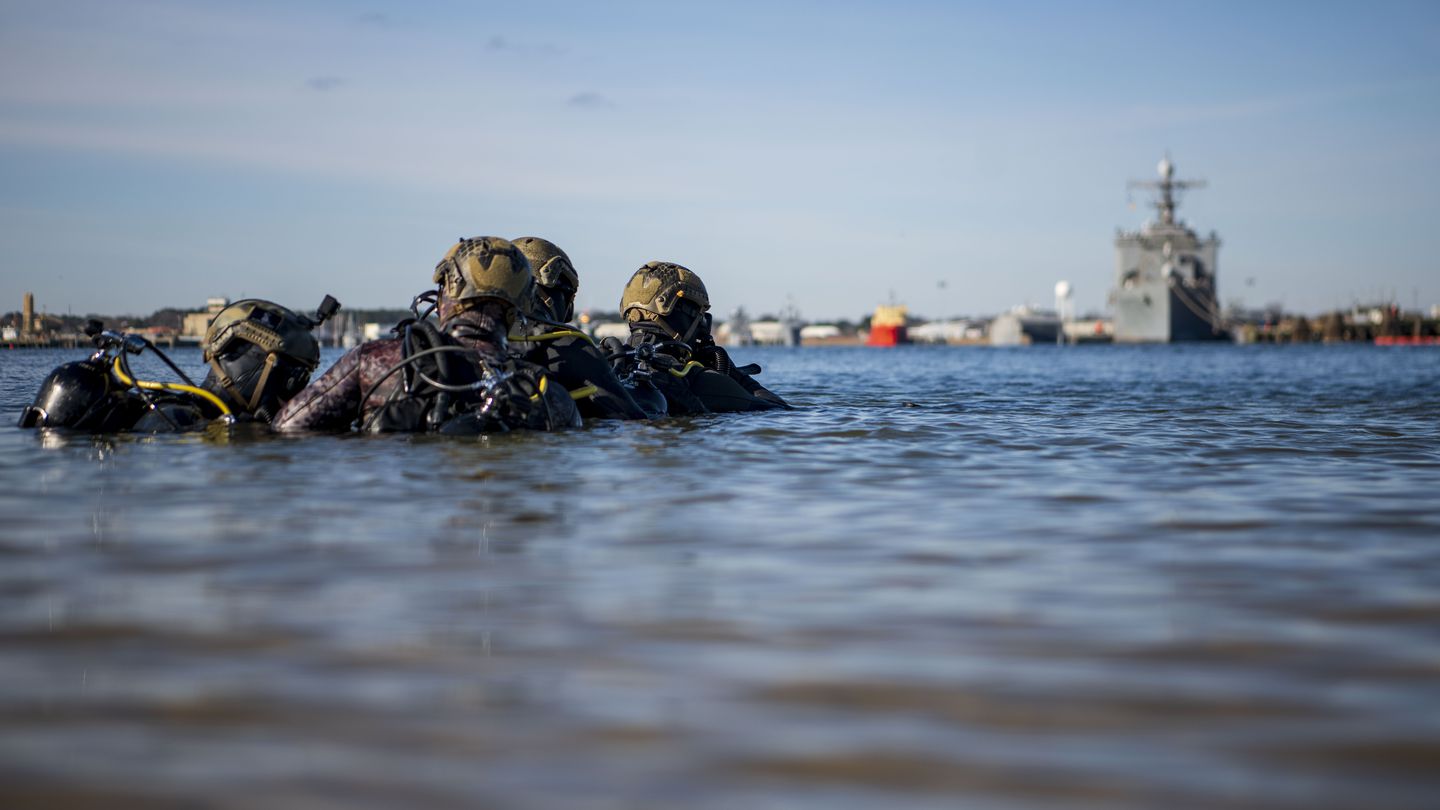
This took a toll on all three of the Navy’s key modernization programs: its own Next Generation Air Dominance, which includes a manned and unmanned family of systems to replace the F/A-18E/F Super Hornet fleet; the SSN(X) next-generation attack submarine that will follow the Virginia class; and the DDG(X) next-generation destroyer that will follow the Arleigh Burke class.
The Navy’s NGAD effort took the biggest financial hit: The service wants $454 million in FY25, compared to $1.5 billion in FY24, for the F/A-XX piloted aircraft portion of the program.
The SSN(X) program faces the most significant delay: The service now says it will begin acquisition in the early 2040s, compared to a previous 2035 start and a 2031 plan before that.
Raven said the Navy had to take risk here, given the FRA budget caps.
“If we’re going to prioritize people and readiness, something has to give, and we saw the best benefit in taking more risk in that longer-term modernization,” he told Defense News. “But budget caps have consequences. There are hard choices being made in this year’s budget.”
Down the line, Raven added, “there may be opportunities to learn from the Air Force as it develops its path to some of these same types of technologies” — such as their separate NGAD programs.
Though lawmakers like Wittman have expressed a preference for prioritizing readiness over future fleet size and capability, one expert warned the Navy is digging itself a hole it will struggle to get out of.
“Given the long lead time to design and build capital assets such as ships and aircraft, the U.S. Navy has entered its version of a ‘doom loop’ where funds for future ships are deferred to pay for today’s readiness — which ensures tomorrow’s readiness will also suffer, as new ships are required to maintain readiness,” Mackenzie Eaglen, a senior fellow at the American Enterprise Institute, told Defense News.
“Readiness and fleet size are inextricably linked,” Eaglen added. “It’s shortsighted to believe they are separate and distinct.”
The Air Force, after decades of deferred modernization, now faces a “massive gap” between its current reality and the vision Kendall crafted for transforming the service through next-generation systems, Penney said. But it can’t achieve that vision without pouring its money into research and development.
“Nobody’s wrong here, and nobody’s right,” she said.
from Defense News https://ift.tt/jTM1G6x
via IFTTT

Post a Comment